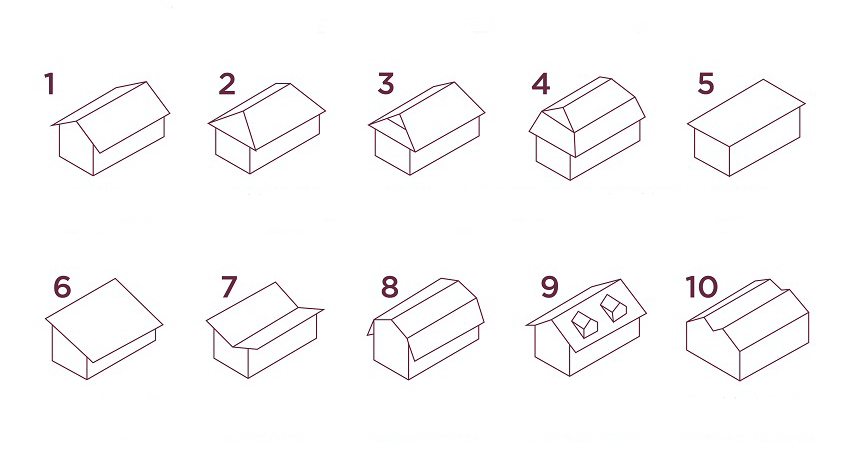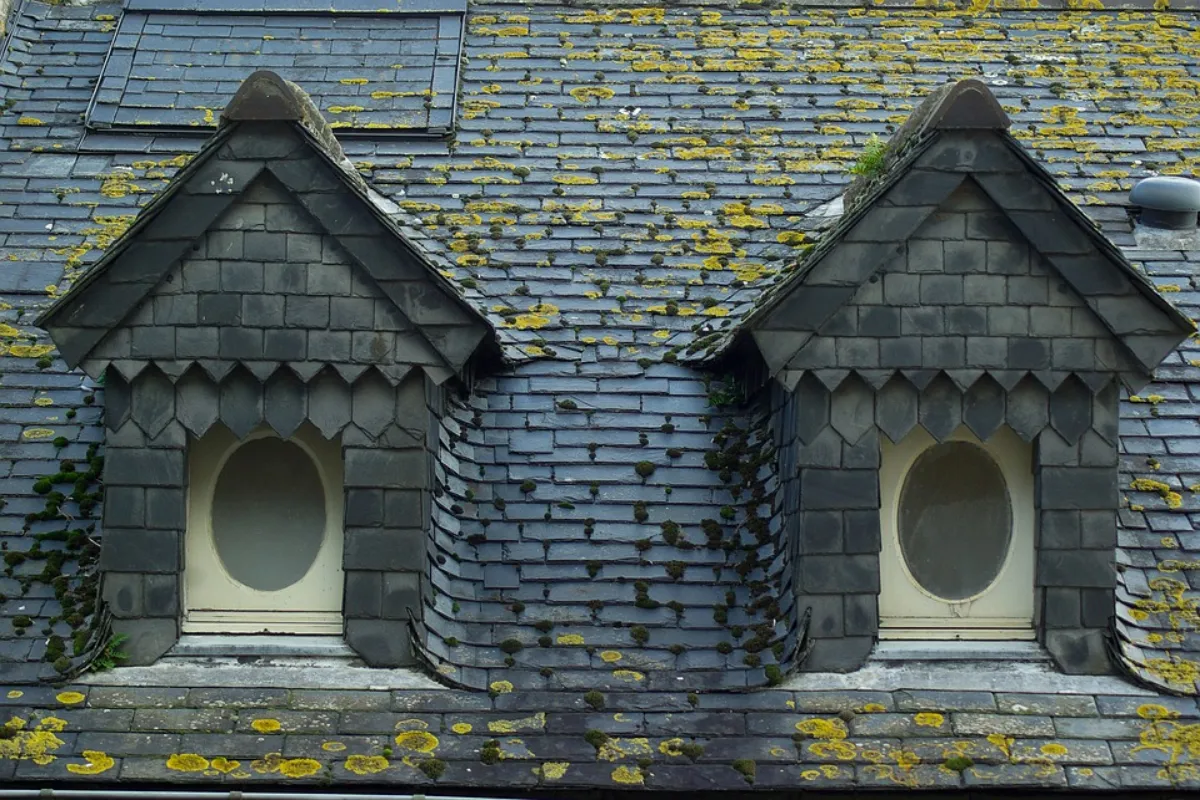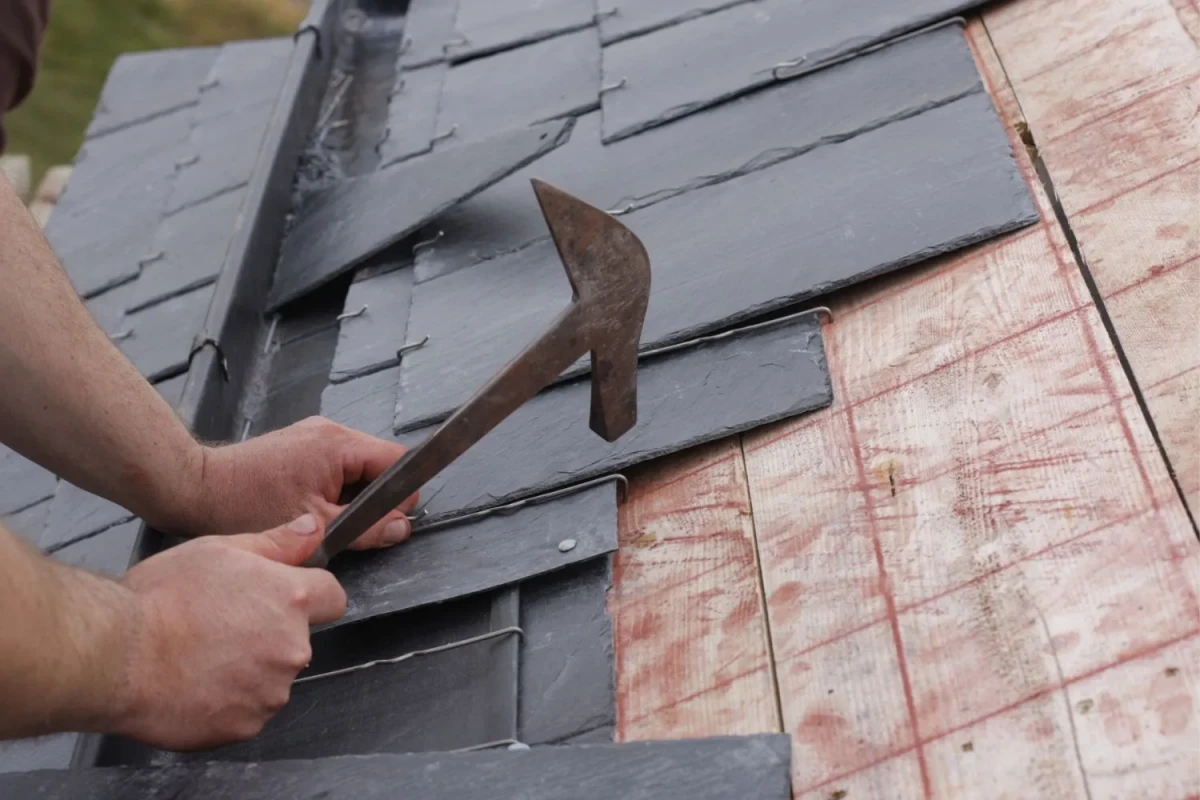10 Slate Roof Application Possibilities
When designing a roof, architects can choose from a variety of materials. Whether they choose metal, ceramic, asphalt, or other shingles, these materials can significantly change the aesthetics, cost, thermal performance, and even the size of the supporting structure. Slate has always been able to satisfy many people’s tastes with its deep colors, subtle changes and elegant textures. Slate tiles are 100% natural products. The production process is only through mining and carving, and does not require additional treatment and does not produce chemical pollution. Since its production residues are completely natural, slate becomes a sustainable alternative compared to other materials. Likewise, its mining sites can be fully restored by planting native vegetation through a process supervised and approved by environmental authorities.
Slate is a durable fire-resistant material that keeps roof structures safe in the event of a fire. However, it is important to consider that, as a natural stone, it is also a heavy material that requires a strong structure to support its weight. At the same time, like other types of tiles, it is also necessary to carefully consider the minimum and maximum inclination angles that can be installed on sloped roofs.
From being excavated in the quarry, the natural slate has to go through a long process before being installed on the roof. Its production process is somewhat handicraft in nature. In quarries, geologists exhaustively examine the best places to dig. Here the slate is sawed by steel cables into large slabs, which are then cut and shipped to the factory. Here, the slate blocks are sorted and sawn into different sizes according to quality and use potential. The next step is the forming process, where smaller slate blocks are sliced piece by piece by qualified artisans. Each piece is then chamfered by machine and ready for use after final inspection.
On the roof, the tile types can be varied to suit the specifics of each project. Here are 10 commonly used roof types:
1. Double-slope roof: This is the most common roof type and consists of two symmetrical or asymmetrical planes. It may or may not have eaves. This type of roof is also very functional: easy to construct, drains well, allows for ventilation, and is suitable for most construction projects.
2. Slope roof: This type of roof is also very common, and the structure will be slightly more complicated, consisting of four inclined planes. Since there are no gable walls to create wind resistance, this type of roof is especially suitable for areas with strong winds.
3. Dutch Roof: Similar to a gable roof, but with two more pronounced sloping planes on the other two sides. In addition to improving natural lighting and adding extra space, these two planes also serve as access to the attic.
4. Mansard roof: This type of roof is very common in Paris. Its four sides are composed of 8 planes. The lower four sides are very sloped, but the upper four sides are almost flat, providing space for the roof below.
5. Flat roofs: Most flat roofs are not completely flat but slope slightly. This slight slope facilitates drainage.
6. Sheep Roof: This is a unique design that provides room for large window openings and high headroom.
7. Butterfly-shaped roof: This type of roof is composed of two planes inclined to the central ridge, which can provide sufficient lighting and ventilation, but the structure of the gutter must be designed to avoid leakage problems.
8. Compound slope roof: It can be regarded as a deformation of the double slope roof, with two planes with different slopes on each side. This allows for better use of the interior space of the attic.
9. Dormer Roof: This type of roof features dormer windows that illuminate and enhance existing spaces. They protrude from the roof and create useful spaces outside the roof, providing additional natural lighting and ventilation.
10. M-shaped roof: It consists of two or more double-slope roofs.
Understanding these roof types and their material possibilities is critical to making the best choice for each project combining practicality, economy and aesthetics.
2023-04-20





